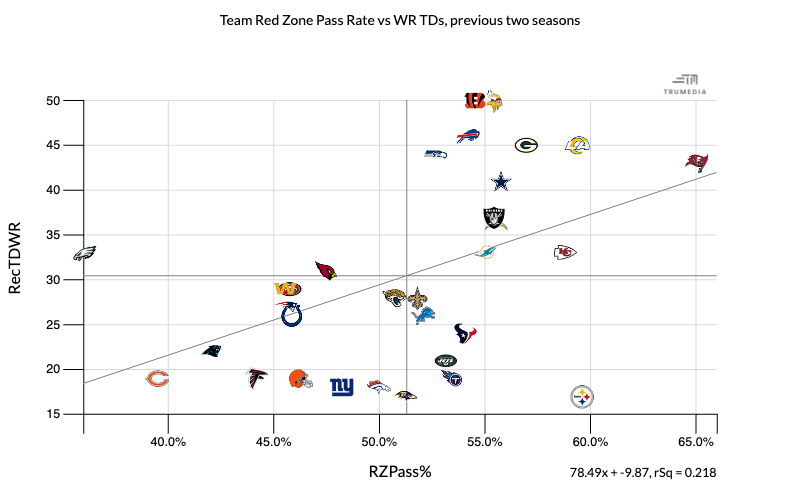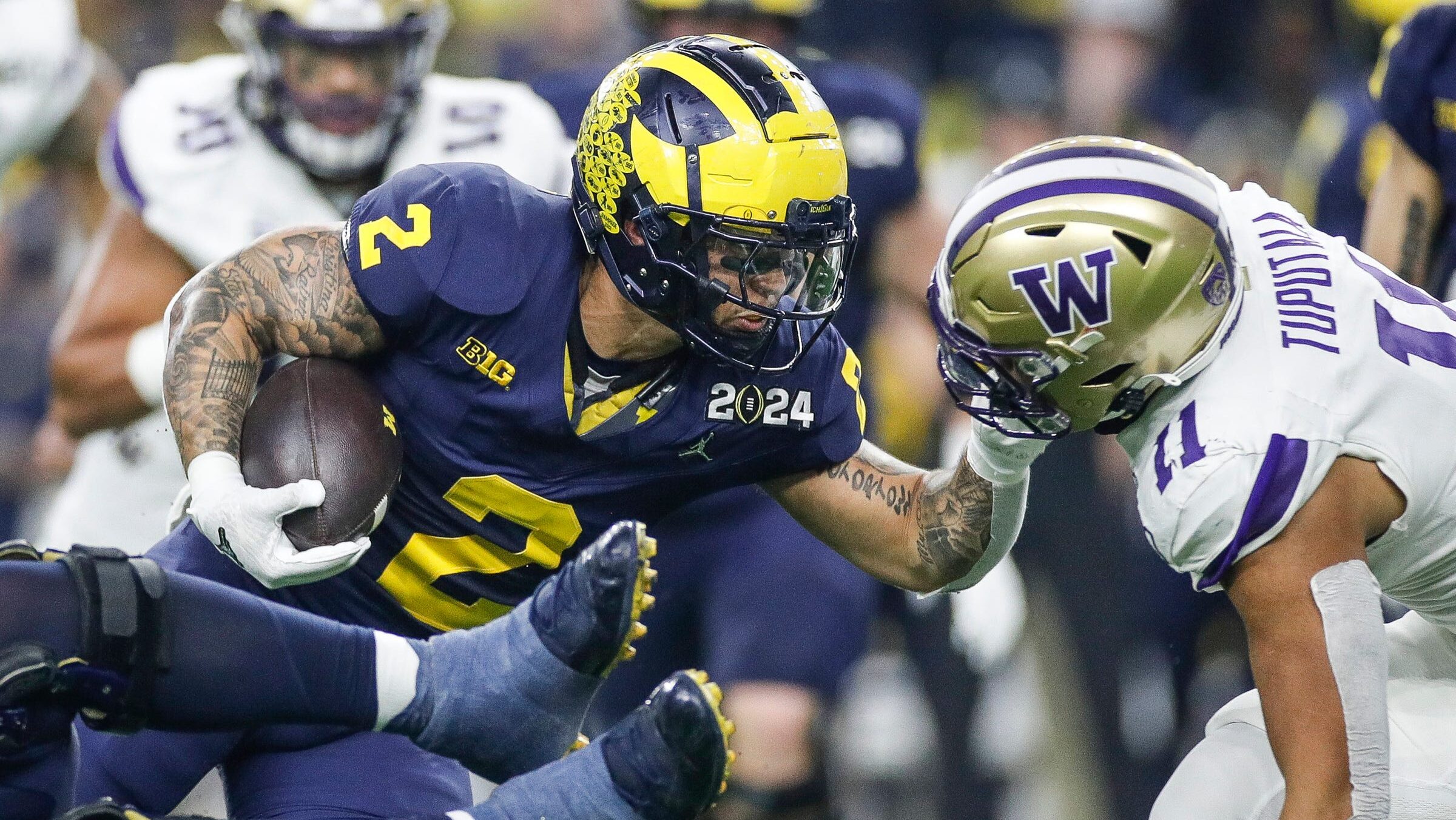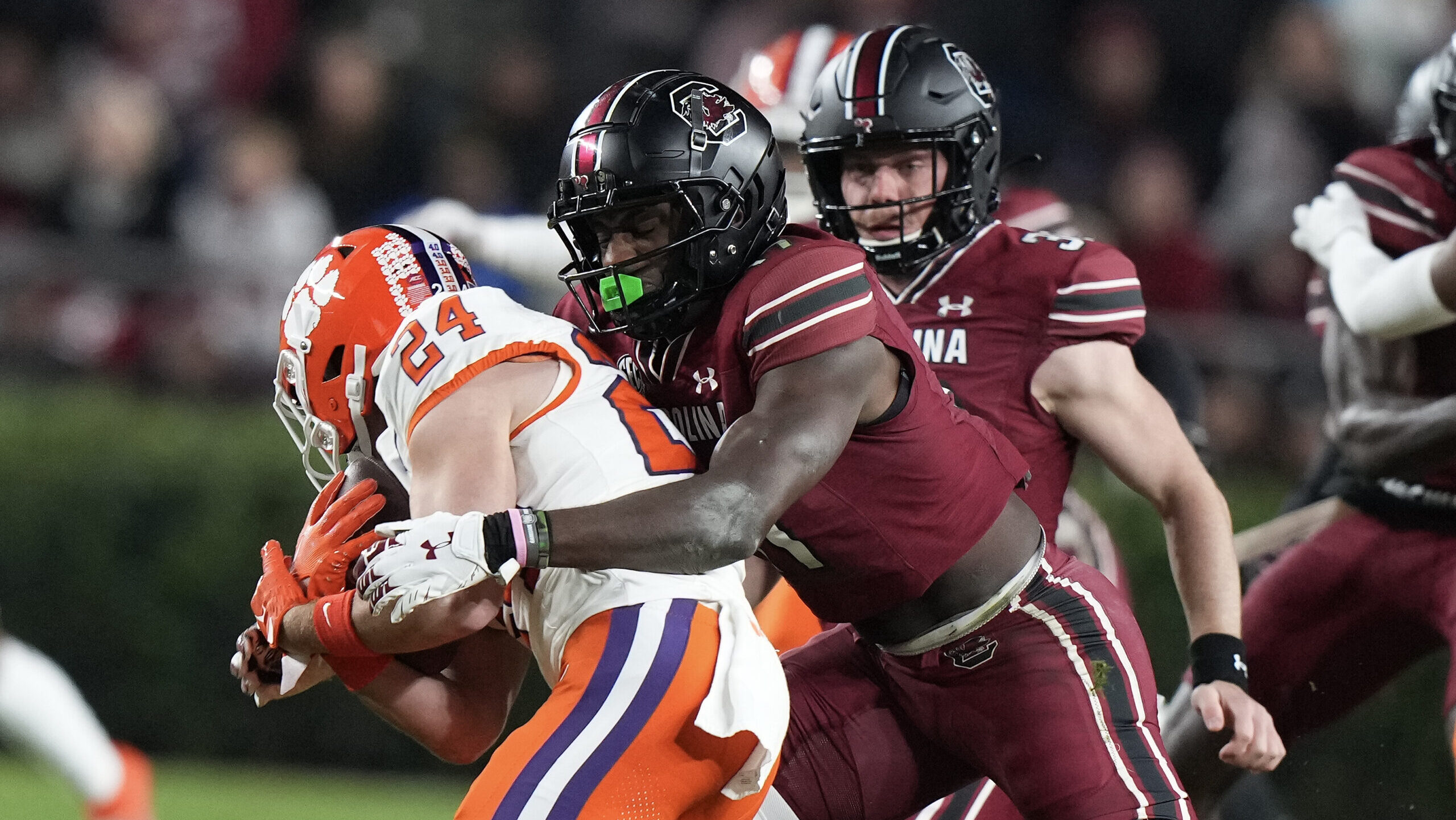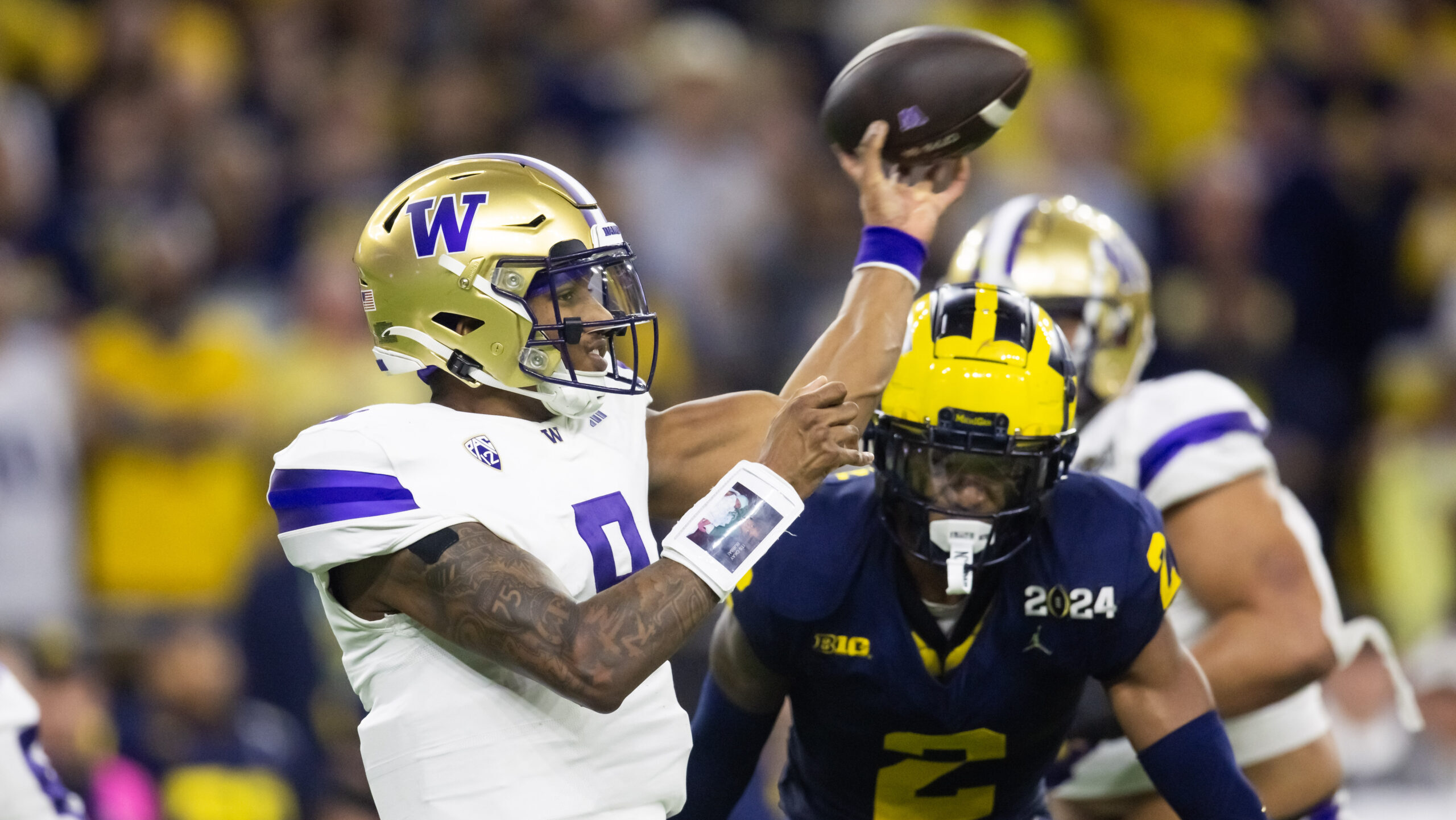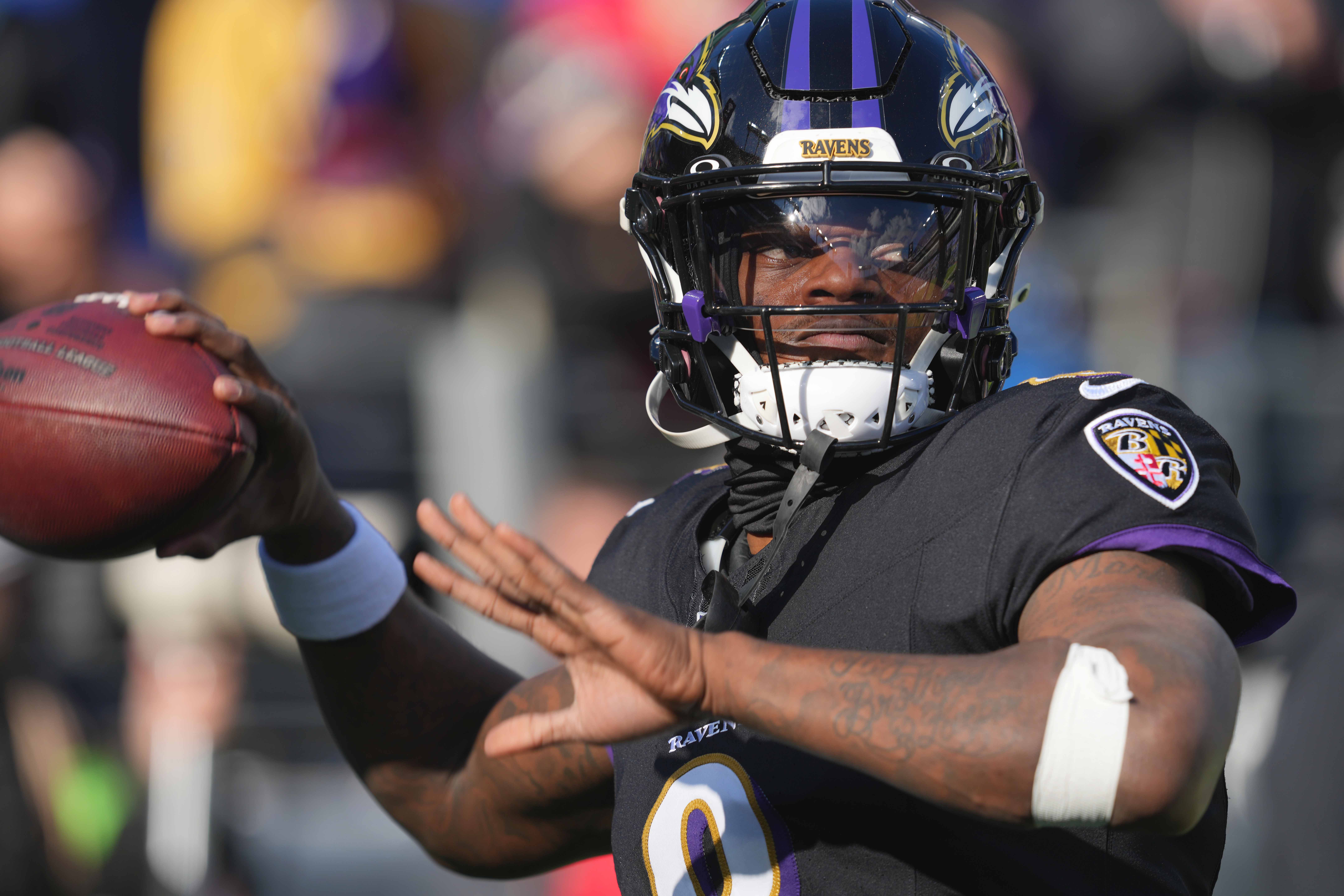Analysis
4/12/23
6 min read
Lost Paradox: Importance of TDs for Fantasy Football Wide Receivers
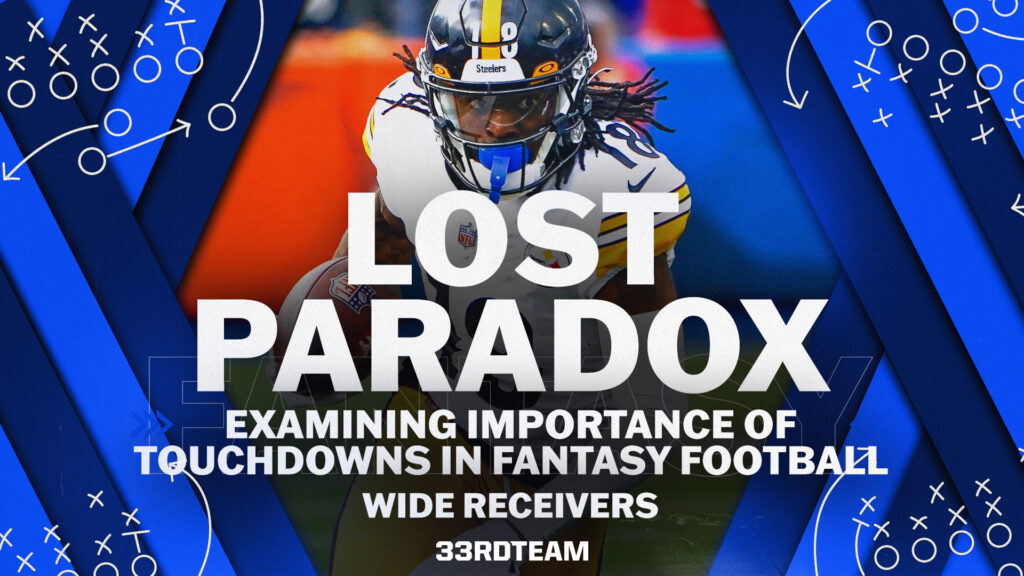
With the stage set for the importance of touchdowns to fantasy production in the introduction to this series, we’re ready to take a theoretical, statistical and analytical approach to the areas of predictability and variance associated with touchdowns at the wide receiver position.
We’re going to approach things a bit differently than we did in the running backs piece, starting with the conclusion and then proving why and how we got there. Stick with me to the end to gain the full theoretical background that explains the following assertion.
All data discussed is pulled directly from Sports Info Solutions.
Other Parts: Quarterbacks | Running Backs | Tight Ends
Importance of WR Touchdowns
Conclusion
Touchdowns at the wide receiver position appear random, at least from a statistical sense, and are not as important to overall scoring as the other skill positions on the field.
The Data
Numbers from the last three seasons indicate wide receiver touchdowns are 28.95 percent less important in a points per reception (PPR) format and 22.39 percent less important in a half-PPR format compared to running backs. Simply put, wide receivers generate a greater portion of their fantasy scoring from receptions and yardage than running backs. Therefore, wide receivers are less reliant on touchdowns for fantasy output.

The above table breaks down wide receiver scoring into the three key areas of the field: the green zone, the red zone and outside the red zone. Only 13.74 percent of running back touchdowns during the previous three seasons came outside the red zone, compared to 35.06 percent for wide receivers. Furthermore, like running back scoring, the area of the field with the lowest rate of touchdowns scored comes from 11-20 yards out.

The above table shows wide receiver touchdowns during the previous three seasons sorted by down and distance. In total, 34.51 percent of wide receiver touchdowns from the past three seasons came on first down, 27.60 percent on second, 32.38 percent on third and 5.51 percent on fourth. The data provides no appreciable trends outside of a slight boost to scoring expectation on first down plays occurring outside the red zone.
Data Explained
The biggest takeaway from all of this data is it's hard to predict. This isn’t news to most, but the data helps explain why this is the case. First off, the area of the field with the lowest touchdown rate is from 11-20 yards away from the end zone. This makes sense from a real-world football perspective since defenses can utilize the boundaries to shorten and clog the field in addition to playing increased rates of two-high and zone defense. That has led to decreased rates of scoring.
Next, the data proves wide receiver scoring is heavily influenced by the nuance of individual matchups. NFL teams take a more exploitative approach to play calling through the air compared to on the ground. That’s a fancy way of saying offensive play callers strive to generate mismatches through the air. Similar mismatches are hard to create on running plays, whether through individual matchups or schemes.
There is more variance associated with passing touchdowns simply because there are more variables present in the passing game. Increased variance creates outlier performances on both extremes, which can help inform future decisions. Fantasy managers utilize this reasoning without fully understanding the theoretical framework of their decisions. Basically, regression to the mean is a statistical probability we can harness as a part of our decision-making process.
As we piece together more data, we can turn generalized assertions into data-backed conclusions. The most glaring of which comes through the yards-to-goal data collected from the first two positions analyzed. For both positions, the lowest touchdown rate of any of the three key areas on the field occurred from 11-20 yards from the end zone, meaning the most important aspect of the game in that area of the field is to achieve a first down.
With all of this in mind, let’s look at potential regression candidates for the 2023 season.
2023 Regression Candidates
 Washington Commanders
Washington Commanders
Last season, the Washington Commanders were the only team ranked top 10 in first downs per game on plays from 11-20 yards from the end zone to not finish top 15 in scoring. New offensive coordinator and assistant head coach Eric Bieniemy should help immensely in this regard after his Kansas City Chiefs ranked no lower than sixth in scoring during the previous five seasons.
That provides an opportunity for Terry McLaurin, Jahan Dotson and Curtis Samuel to improve on their 16 combined touchdowns from last season, even with Sam Howell, who has just one career start, expected to be the team's starter.
 Denver Broncos
Denver Broncos
The Denver Broncos' wide receivers scored a combined 10 touchdowns in 2022, but there are several reasons that number could trend up in 2023. First off, Sean Payton takes over as head coach while Joe Lombardi takes over as offensive coordinator. Those two coaches spent five years together in New Orleans from 2016-2020. Their offenses finished top five in scoring in every season during that time span.
Lombardi then left to serve as the offensive coordinator for the Los Angeles Chargers for the 2021 and 2022 seasons. Los Angeles finished fifth and 12th in points per game during those two seasons.
Broncos' starting wide receiver Tim Patrick also returns after missing all of 2022 because of a torn ACL suffered in early August. Also, Lombardi’s Chargers finished fifth in red zone pass rate last season. Look for Courtland Sutton to improve on his combined four touchdowns during the 2021 and 2022 seasons, while Patrick has every opportunity to surpass his career-high six receiving touchdowns from 2020.
 Pittsburgh Steelers
Pittsburgh Steelers
This is one that has already been circulated around the industry, but the data supports the claim. During the last two seasons, the Pittsburgh Steelers have held a combined 59.6 percent red zone pass rate but have managed only 17 wide receiver touchdowns. That’s the biggest discrepancy in the wide receiver touchdown rate in the league.
For example, the expectation, based on the league-wide data, for wide receiver touchdowns considering a 59.6 percent red zone pass rate would be 37 touchdowns, a full 20 touchdowns higher than Pittsburgh's production. Diontae Johnson somehow managed 86 receptions on 147 targets without a touchdown in 2022, the biggest outlier season in NFL history. The below chart helps visualize this data.
